Modern Cupping Therapy
30 min. cupping only (1-2 body areas) - $65
60 min. cupping only (3-4 body areas) - $110
Cupping has been used for thousands of years to ease back pain, neck pain, headaches and other problems. Cupping therapy utilizes negative pressure rather than tissue compression. In recent years, therapeutic cupping has become a tool that crosses over all professional areas of bodywork. The potential of vacuum therapies has grown and is being utilized by massage therapists, physical therapists, athletic trainers and other bodyworkers.
How Cupping Affects The Human Body
The primary physiological responses to cupping include negative pressure, vasodilation and enhanced fluid exchange, and each body system will react differently.
Negative pressure is created by the pulling action of the cups allowing for the separation of fused or adhered tissue, and the pulling action could potentially draw out interstitial debris that may be trapped within the tissue. Interstitial debris is any material that the body could not dispose of on its own. Examples may include old blood deposits from injury or surgeries, cellular and metabolic waste, medications, toxins and possibly foreign objects.
Vasodilation, the dilatation of blood vessels, occurs as the cups stimulate a local response within the underlying tissue structures allowing fluids to rush into or through an area.
Enhanced fluid exchange is created as the cups act as a vacuum, drawing fluids into previously dehydrated, malnourished or ischemic tissues.
Due to these physiological responses, cupping can:
• Reduce inflammation
• Alleviate adhesions within muscle and connective tissue
• Alleviate excessive pressure on sensory organs in soft tissue, which can lead to a reduction in pain
• Help clear congestion and stagnation, potentially releasing interstitial debris
• Lift, re-hydrate and manipulate fascia
• Encourage neovascularization (the process by which new blood vessels form from already existing healthy vessels, bringing a fresh supply of nutrients and oxygen to previously deficient tissues)
• Encourage circulation (blood and lymph)
• Help to break up scar tissue
Cupping techniques and applications
In general, cupping can be safely used to treat the majority of the human body. Contraindicated endangerment sites and any tissue integrity issues or vascular considerations will alter cupping applications. For every area being addressed, there are at least 3 safe and effective techniques available.
Lift-and-release is used as a gentle introduction to the negative pressure of cupping, and when used properly is a subtle yet powerful technique. Cups are placed on the body and released within a few seconds repeatedly over a period of time.
Stationary cups are the most common application and can be used with light, medium and strong pressure. Cup applications should NEVER cause any pain. Cups are placed in various places on the body and left there for at least 30 seconds and up to no more than 3 minutes.
Moving cups can be used as a stand alone treatment or to generate circulation during a standard cupping treatment. There should NEVER be pain with this application. The movement with suction cups releases rigid soft tissues, loosens adhesions and allows space between layers of tissues to promote circulation.
Markings after treatment
Cupping marks are often referred to by some as bruises, but that is not the case when cups are applied properly. A true cupping mark occurs when interstitial debris or various stagnations are released from within the layers of soft tissue. Marks may be sensitive, but should not be painful to touch, and they will simply fade away, generally within a weeks time. They generally do not change color or shape like a bruise does. Genuine cupping marks occur spontaneously, and are not the goal of any cupping application. Many cupping treatments may never create a mark, but therapeutic benefits can still occur.

